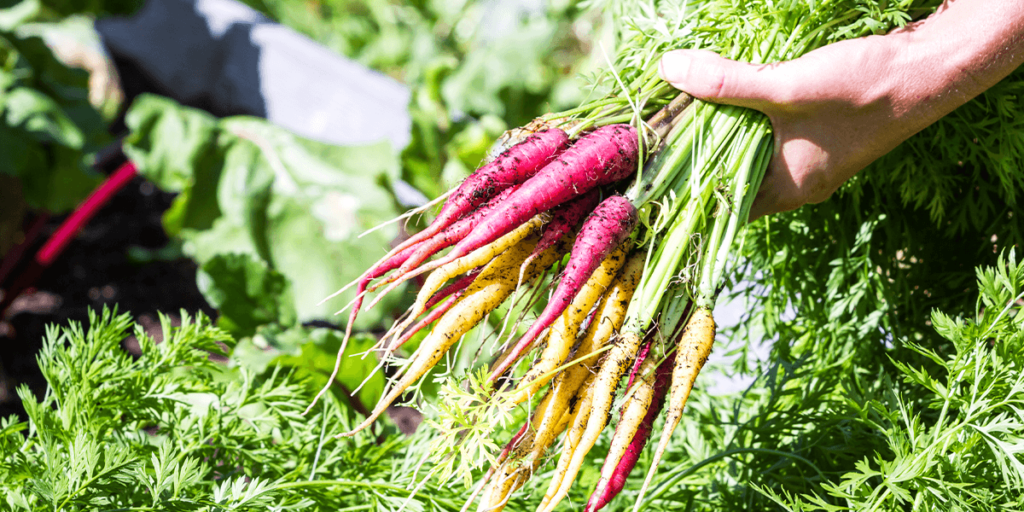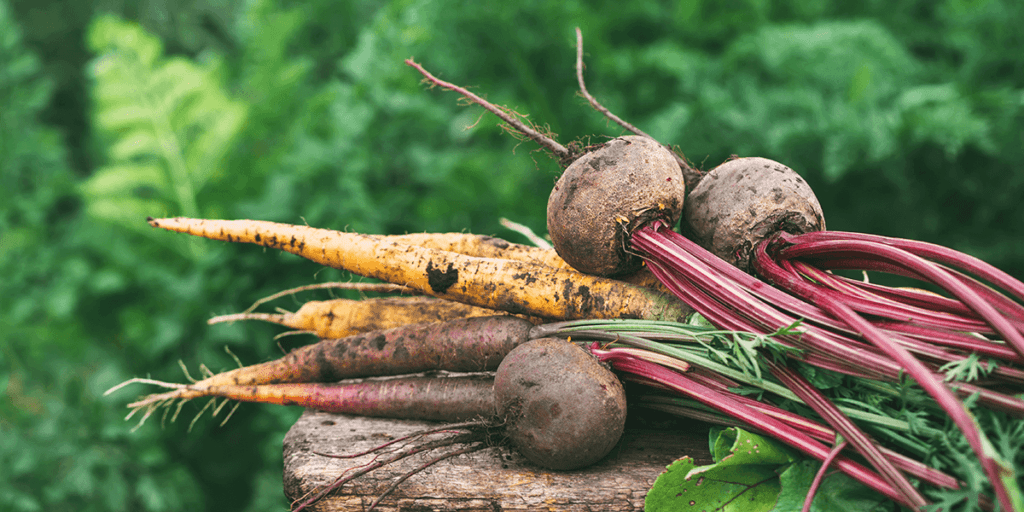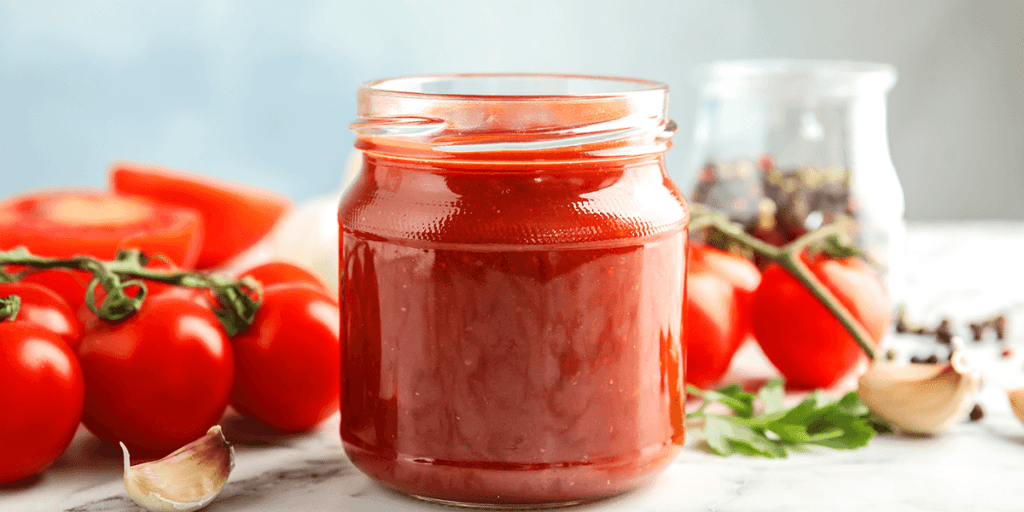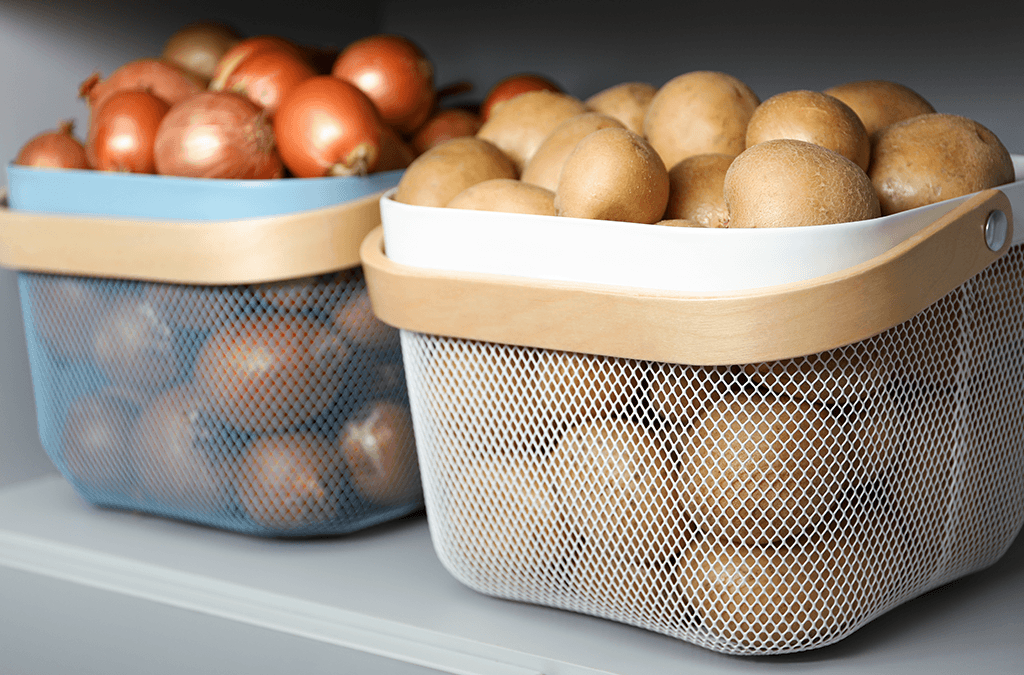Have too many homegrown garden vegetables to eat? Cold storage, freezing, drying, pickling, and canning are just a few ways to make your harvest last. With these techniques, you’ll save money on food, boost your nutrition during the winter, and keep your veggies all the way to spring—here’s how!

How to Store Carrots
Carrots are one of the easiest vegetables to store. You have several methods to choose from:
- Refrigerator: if you have a second fridge or extra space, you can store them there for up to three months with the following steps:
- Preparation: cut off the stems, brush off excess dirt (don’t wash them), and let the carrots dry in an airy place for a day.
- Storage: put them in the vegetable drawer with dry paper towels beneath them. Check the paper towels every week and replace them if they’re damp.
- In Sand: you can store carrots for 3-4 months in a bucket or crate of sand in a cool location with the following steps:
- Preparation: cut off stems and brush off garden soil (but don’t wash them).
- Storage: Lay two inches of sand at the bottom of the container, followed by a row of carrots (not too crowded). Then add one inch of sand followed by another row of carrots until the container is full. Keep them at 32-40F in a basement, root cellar, garage, or crawl space. Note: don’t seal a lid on top of the bucket, but place it on loosely to let the carrots breathe.
- Freezing, Fermenting, and Canning: blanched carrots, carrot soup, pickled carrots, or canned carrots are all reliable and delicious ways to keep carrots for months.
How to Store Onions
You can cure, dry, and store garden onions throughout the Chicago winter with the following steps:
- Preparation: brush off soil and lay out onions at room temperature for two weeks to cure.
- Storage: cut away withered stems and place bulbs in a mesh bag, perforated cardboard box, or something similar. Keep them in a dark, cool place at 35-40F.
Note: only pungent onions can be stored with this method. Sweet onions have too much moisture for long-term storage, although they can be cooked and frozen.

How to Store Potatoes
Potatoes are another easy vegetable to store as long as you keep them cool and dark—here’s how.
- Preparation: brush off excessive soil and lay them out to cure in a dark room for two weeks at 50-60F.
- Storage: store them in a perforated cardboard box, burlap sack, or well-ventilated bag (not plastic) in a dark room between 40-50F. They should last for many months, but check them periodically to ensure none are going moldy.
How to Store Lettuce
Lettuce is one garden vegetable you need to eat when it’s fresh, but there are ways to preserve it in the fridge for 6-8 days:
- Dunk the lettuce in cold water after harvesting.
- Keep it in a plastic bag away from fruit, which gives off gas that can shorten the shelf life of vegetables.

How to Store Beets
Store garden beets in the same way you store carrots: in the fridge or in sand (see above), canned, blanched and frozen, or fermented. Pickled beets are an especially tasty way to preserve them.
How to Store Kale, Collards, and Swiss Chard
- Freeze them: you can cook these powerhouse greens into soups or sauces and freeze them. Or, you can freeze kale and collards without cooking or blanching—just pop them into the freezer in a ziplock bag and they’ll last for months.
- Dry them: they’ll dry in the oven at 150F in 2 hours or less. Afterwards, you’ll have highly nutritious flakes to add to smoothies, stews, sauces, and stir fries throughout the winter.

How to Store Tomatoes
- Sauce and Freeze: skip the refrigerator when it comes to this garden veggie, as chilled tomatoes turn mealy in a day or two. The best option is to cook ripe tomatoes into sauces or other dishes that you can freeze.
- Green Tomatoes: green garden tomatoes last for months under the right conditions. Wash and store them in a cardboard box in a cool, dry area at 50-60F. Ensure they have air circulation and that no tomato is touching another. When you want to eat one, take it out and let it ripen at room temperature.
Final Tips on How to Store Garden Vegetables
- Remove any bruised or damaged garden vegetables before storage, as they will quickly rot.
- Check your stored goods periodically, so that if one veggie spoils, you can remove it and still save the rest.
Platt Hill Nursery is Chicago’s premier garden center and nursery in the Chicagoland area.


